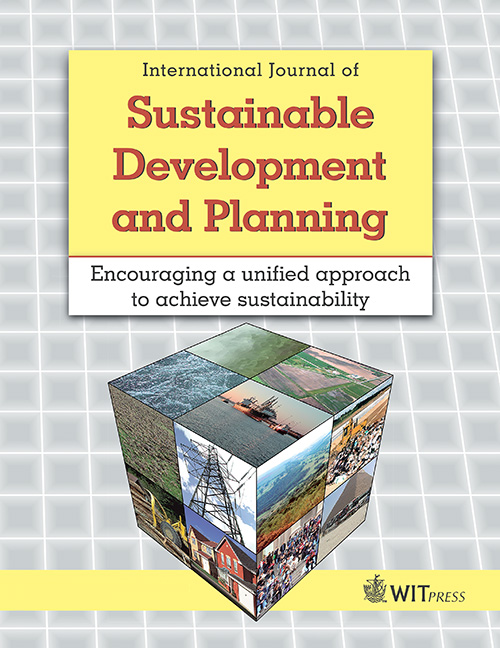MULTIFUNCTIONAL LANDSCAPES FOR URBAN FLOOD CONTROL IN DEVELOPING COUNTRIES
Price
Free (open access)
Volume
Volume 2 (2007), Issue 2
Pages
13
Page Range
153 - 166
Paper DOI
10.2495/SDP-V2-N2-153-166
Copyright
WIT Press
Author(s)
M.G. MIGUEZ, F.C.B. MASCARENHAS & L.P.C. MAGALHÃES
Abstract
The urbanisation process changes the natural landscape, generally aggravating flood problems. In developing countries, urbanisation is not always accomplished by the implementation of the adequate infrastructure required. Lack of planning frequently worsens this situation. Focus on urban flood problems has been changing in the last few decades. The traditional approach that basically worked on the drainage net, by canalising and rectifying water courses, is being complemented or substituted by different concepts. One new approach tries to achieve a systemic solution for the basin, with distributed interventions aiming to recover pre-urbanisation flow patterns and combining water quality and quantity control aspects. These modern concepts deal with techniques known as ‘best management practices’. In densely urbanised environments, however, it is not always easy to find suitable areas available for construction of detention reservoirs or extensive infiltration measures, for instance. In such a situation, an interesting option may be the use of multifunctional landscapes, in which urban solutions gain additional hydraulic functions, combining urban planning and hydraulic engineering aspects to revitalise urban environments in a sustainable manner. The use of existing parks and squares, remodelled to aggregate permanent or temporary ponds, can be an interesting option for flood control. In developing countries, however, as in the city of Rio de Janeiro, Brazil, water quality problems due to untreated sewage disposal are generally more crucial than those associated with watershed washoff. This article presents a case study related to the urban basin of the Joana River, which is one of the major tributaries of the drainage net of the centre–north zone of Rio de Janeiro city, which contains traditional town districts. The article presents a comparison, in terms of flood levels, between scenarios that consider the present situation and a combination of traditional and alternative flood control measures. This assessment was carried out using a mathematical cell model and the results presented show the potential benefits that can be achieved through the use of multifunctional landscapes with flood control features. This type of solution points to the combining of architecture, urbanism and engineering to help in solving flood control problems in urban environments, especially those that are a reality in developing countries. Finally, the City Hall intervention, which was developed based on the ideas proposed in this article, is presented.
Keywords
integrated flood control projects, mathematical modelling, multifunctional landscapes, urban floods.




